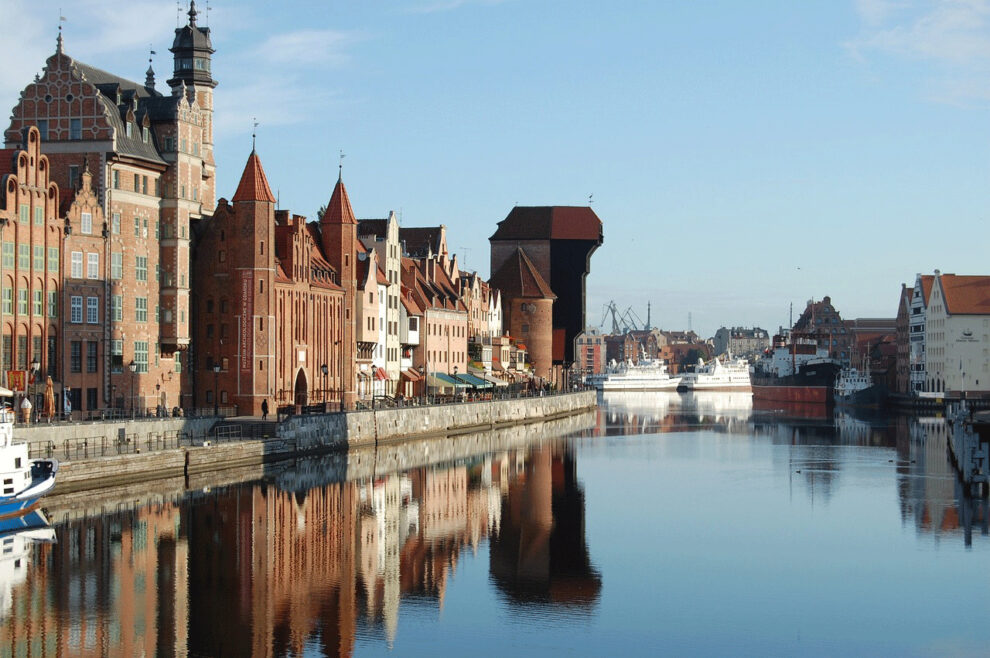The 2023 edition of the Regions in Europe yearbook provides citizens with an in-depth picture of the demographics, economy and environment of where they live. It provides timely information such as employment rates for graduates, how tech savvy people are, and how climate change is affecting the need for heating and cooling in homes.
Published by Eurostat, the yearbook contains interactive data and graphs about 242 EU regions and 16 regions of the European Free Trade Association countries. It is available both as a standard version and an interactive online edition that offers dynamic visualisations with short texts.
European countries are regularly compared with one another. But given the size differences between small countries like Malta or Luxembourg and big countries like Germany or France, such comparisons often tell us little.
In general, Europe’s regions are similar in size: almost 40 % of the EU’s 242 NUTS level 2 regions have 1-2 million inhabitants. Comparisons between regions, like those in Regions in Europe, thus tend to highlight disparities more clearly. The EU adopted the Nomenclature of Territorial Units for Statistics (NUTS) in 2003 to classify the administrative areas of Member States for statistical purposes.
This year’s publication has chapters on regions’ performance in the area of skills and employment, which complements the aims of the European Year of Skills: to enable people get the right competencies for quality jobs and to help businesses address skills shortages.
Pomorskie: youthful, attractive, well educated
In the case of Poland’s Pomorskie region, Regions in Europe shows that, in January 2022, it had a population of 2 318 625, following a slight decrease of 0.1 per 1 000 inhabitants during 2021. Nonetheless, Pomorskie is attracting new residents: per 1 000 inhabitants, the number of people moving there exceeds those leaving by 1.9. Moreover, Pomorskie’s Gdański NUTS 3 region was one of only two Polish regions where the population did not decline in 2021.
The youngest region in Poland, Pomorskie has a median age of 40.5 years. Partly thanks to its large student population, Gdański has the 10th-lowest median age of any EU region.
In addition, Pomorskie fares well among Polish regions in terms of life expectancy, which stands at 76.3 years: 72.6 for men – the third highest in Poland – and 80.1 for women. The overall figure is expected to increase sharply, reaching 80.9 in 2030 and 84.4 in 2050.
Education levels in Pomorskie are high, in line with those of Poland as a whole. Just 6 % of inhabitants left education at primary or lower-secondary level, 55.8 % reached upper-secondary or post-secondary non-tertiary level, and 38.2 % went into tertiary education. Of graduates aged 20-34, 78.7 % are in work.
Low unemployment
Pomorskie’s unemployment rate is the joint lowest in Poland at just 1.9 %. Employment rates are 85.5 % for men and 72.7 % for women – the third and joint-second highest in the country respectively. Although wide, the gender gap is closing: the female employment rate was more than three percentage points higher in 2022 than in 2021. Overall employment is 79.1 %, up from 75.7 % in 2020 and 77.4 % in 2021.
Residents of Pomorskie are digitally savvy: 84 % of 16-74 year-olds use the internet daily, the joint-highest figure in Poland. In the Northern macro-region, of which Pomorskie is part, the internet is used by 68.46 % of people to buy goods or services, 61.66 % for social networks and 55.43 % for banking.
Pomorskie’s gross domestic product (GDP) per inhabitant is EUR 24 400, the fifth-highest in Poland. The region produces 6 % of Poland’s GDP and spends 1.7 % of GDP on R&D, the third-highest share among Polish regions. R&D provides 1.8 % of jobs.
The economy is largely service-based: services account for 64.9 % of economic activity; industry and construction for 32.9 %; and agriculture, forestry and fishing for 2.2 %. Despite the low share of agriculture, nearly 23 % of farm managers are aged under 40, which is high by EU standards.
A transport hub
Pomorskie is a key region for maritime freight transport. The port of its capital, Gdańsk, was one of just eight in the EU to see a double-digit increase in the volume of freight it handled in 2021.
With 2.2 million passengers departing from or arriving at Pomorskie’s airports in 2021, the region is Poland’s fourth-most important for air passenger transport. Its roads are among the safest in the country, with comparatively low rates of fatal accidents.
Finally, given its coastal setting, tourists are attracted to Pomorskie. A total of 8 million nights were spent in tourist accommodation in 2021, the third-highest figure in Poland. However, this is down from 10.3 million in 2019, prior to the COVID-19 pandemic.
Tourism is mainly domestic: foreign tourists accounted for only 7.3 % of overnight stays. Polish guests reserved over half of all nights spent at short-stay accommodation in Gdańsk through selected online platforms .
Source: European Comission










































